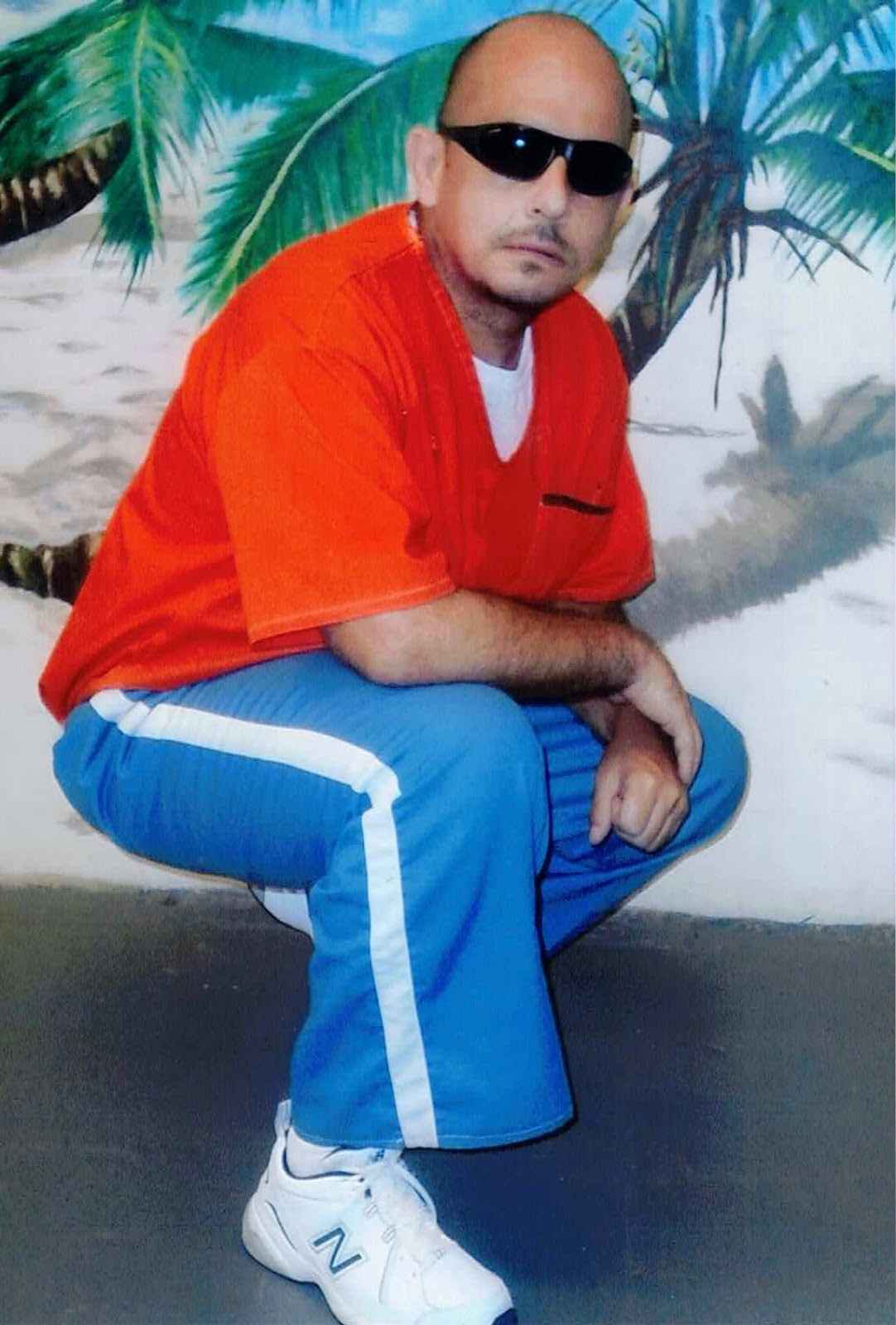Harvey Horne and Xavier Rodriguez Murders: Where is Wayne Doty Now? – Netflix’s true crime hit “I Am a Killer” is back for Season 3 with six rather than ten episodes, but it keeps the same format: people who have confessed, been found guilty of murder, and are either on Death Row or serving time in a maximum security prison stand in front of the camera and tell their story while those on the outside, such as family members, the families of their victims, law enforcement, and other observers, fill in the background of their crimes. Executive producers Danny Tipping and Ned Parker of “I Am a Killer” combined ten instances from the series into a book earlier this year.
At the time of the incident, Florida State Prison inmate Wayne C. Doty admitted to killing fellow prisoner Xavier Rodriguez and later entered a guilty plea. If you want to know more about his story, keep reading below.
Recommended: Tracey Tetso Murder: Where is Dennis Tetso Today?

How Did Harvey Horne and Xavier Rodriguez Die?
Wayne Charles Doty, who was born on April 12, 1973, was a resident and employee in Plant City, Florida, in 1996. He had already started using drugs at this point, and his foreman, Harvey Horne, served as the middleman for crystal meth. Doty entered Horne’s house one evening, demanded narcotics, and then shot Horne many times in the face. Doty claims in the Netflix documentary that he didn’t intend to kill Horne. According to the Tampa Bay Times, it was planned to be a robbery in which Doty would rob the victim while having Brian Lewandowski keep watch. Doty was imprisoned in 1997 after being found guilty of the crime.
Inmates Xavier Rodriguez and Wayne C. Doty were both charged with first-degree murder. The trial court allowed Doty to proceed pro se after a hearing in accordance with Farretta v. California, 422 U.S. 806 (1975), but appointed standby counsel. Once the cases against him and Wells were separated, Doty conducted his own investigation, and he ultimately decided to admit guilt to the murder. During the penalty phase, he spoke for himself, with support from standby counsel.
According to the evidence, Doty was incarcerated for the rest of his life for the shooting death of his former employer at the time of the murder. Doty was moved to Florida State Prison (FSP) and given a job as a runner in the “K wing.” Four runners were assigned to each wing of the prison, working in pairs to help with various tasks such as serving meals to other inmates and cleaning communal spaces. The runners received special benefits in exchange. Wells, a fellow runner on the K wing who was Doty’s running buddy, participated in the killing of Rodriguez.
About two weeks before the incident, the victim, Rodriguez called Doty names and stole some of his tobacco. This was when Doty started making plans for the murder. Doty persuaded a fellow prisoner to create him a knife so he could kill Rodriguez in exchange for tobacco. After dinner on the evening of May 17, 2011, Doty helped pick up the inmate meal trays and found the handmade knife that was concealed in a newspaper. The runners were allowed to use the third-floor interview room, but Doty threw the knife into a dumpster, which he subsequently retrieved. Doty then hid the weapon in the ductwork so he could find it quickly.
Doty and Wells kept a close eye on the patrolling officers that evening to time the murder of Rodriguez. Doty and Wells cajoled Rodriguez into meeting them in the interview room on the third floor, where they then deceived him into allowing them to handcuff him by placing a wager with him that he would be unable to free himself from the “Coast Guard handcuffs.” Doty approached Rodriguez from behind and shackled his hands before putting him in a rear chokehold.
Rodriguez initially believed it was a prank, but once Doty “truly got that chokehold locked down, he knew the game was over,” he confessed in his confession. Doty let Rodriguez’s body fall to the ground after sensing him “become slack.” Doty subsequently remarked that Rodriguez’s body created a “hollow thud” when it hit the ground.
While Doty pulled the body around the desk and started stabbing Rodriguez with the improvised knife, Wells made sure that no one else entered the room. Even though Doty acknowledged that his intention was to remove Rodriguez’s heart “to make sure he was really dead,” the dull knife was ineffective for that purpose. Once they were certain that Rodriguez was actually dead, Doty and Wells put a ligature around his neck, smoked a cigarette, took a shower, and then called a jail sergeant to confess to the murder.
The medical examiner, Dr. William Hamilton, testified that the victim died from multiple stab wounds and strangulation. Although the victim may have lost consciousness in as little as 10 to 20 seconds if the chokehold had been executed skillfully, Dr. Hamilton estimates that the victim lost consciousness within 45 to 50 seconds.
The victim lost a small amount of blood from the stab wounds. According to Dr. Hamilton’s testimony, all of the wounds were situated very close together, indicating that the victim was not moving during the stabbing. This led him to believe that the victim was still alive when he was stabbed but was unconscious and on the verge of passing away.

Where is Wayne Doty Now?
American double murderer Wayne Charles Doty is now on death row after killing fellow prisoner Xavier Rodriguez, 21, on May 17, 2011.
Doty received a death sentence after entering a plea of guilty to the murder of Xavier Rodriguez, a fellow prisoner whom he killed by stabbing and strangling to death on April 20, 1996. He was serving a life sentence for the shooting death of Harvey Horne II, a night watchman at a Plant City manufacturing plant, during a drug robbery.
On June 5, 2013, Wayne Doty received his initial death sentence, which the Florida Supreme Court upheld in July of that same year. Doty first requested the lower court to remove his attorney and waive all of his appeals when his case was returned to the trial court that sentenced him to post-conviction appeals. However, in Hurst v. Florida, the US Supreme Court ruled in 2016 that Florida’s capital punishment rules were unconstitutional.
A defendant had to receive a unanimous verdict to be sentenced to death by a jury. To be sentenced to death under the new law, a defendant must receive a unanimous death verdict from the jury. Doty’s initial death sentence was overturned in 2016. Two years later, he was retried, and on May 15, 2018, the jury again unanimously decided to execute him. Doty is the only death row inmate on Florida’s death row who has selected the electric chair over a lethal injection as the preferred method of execution. However, Florida has not yet set a date for Doty’s execution.














